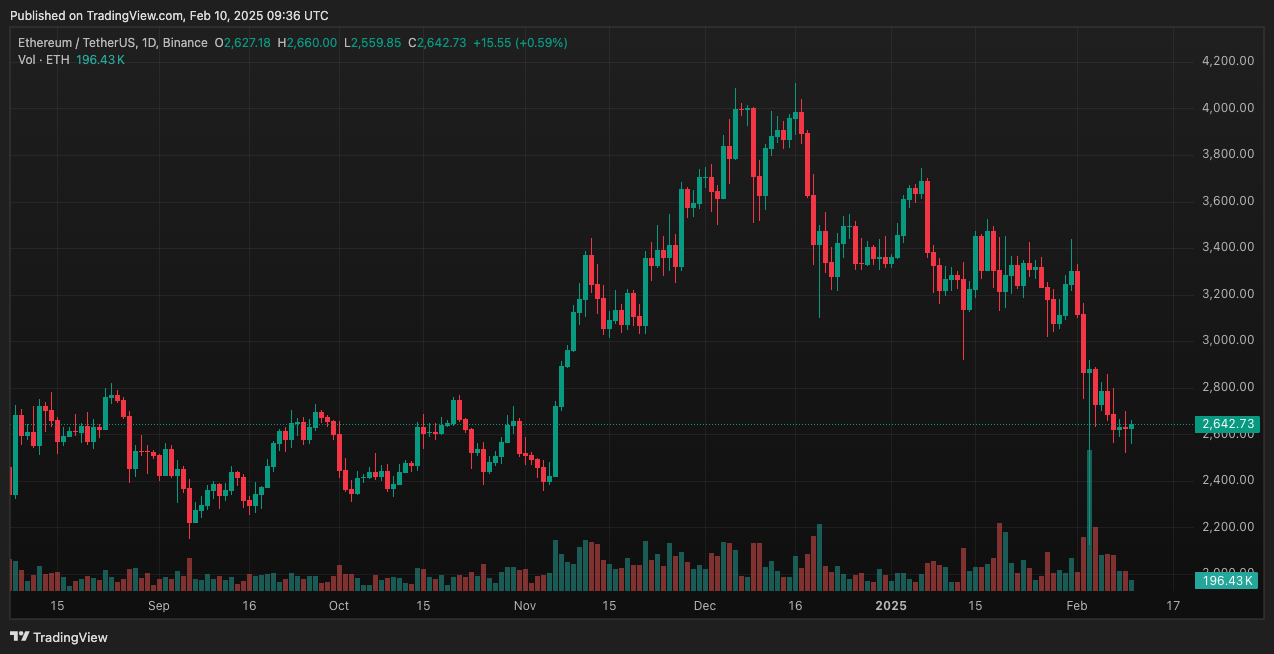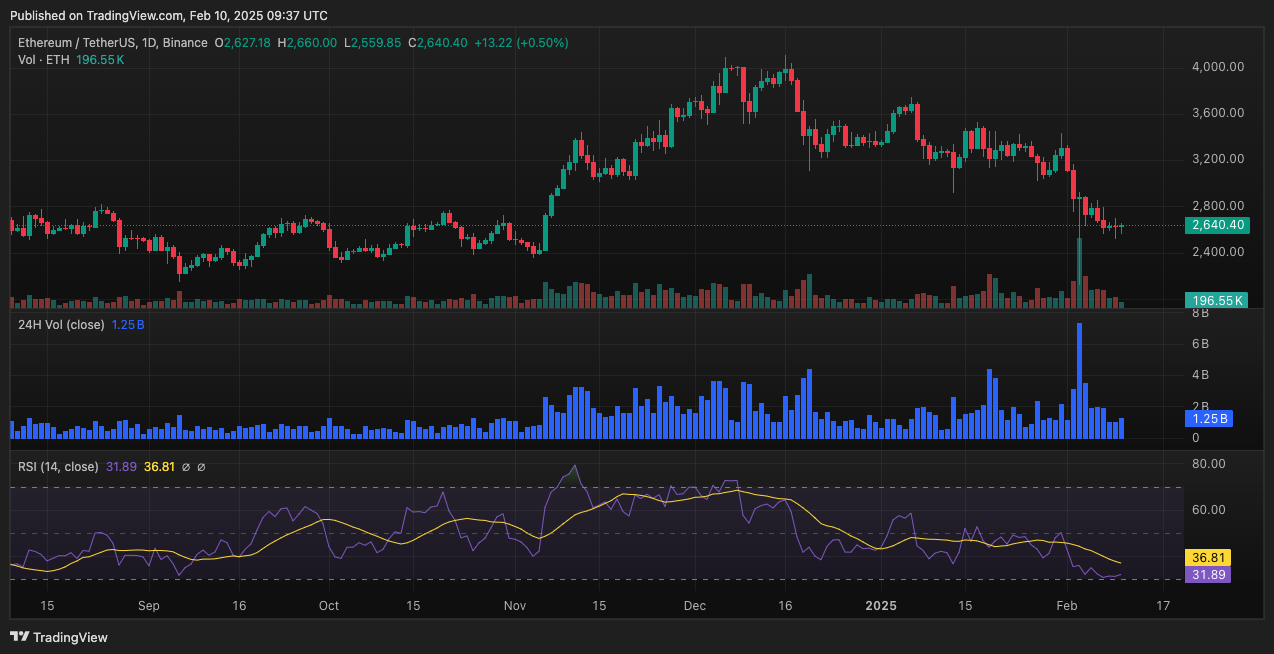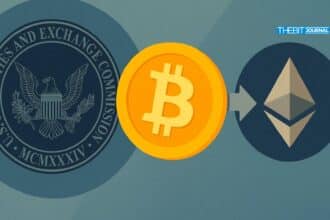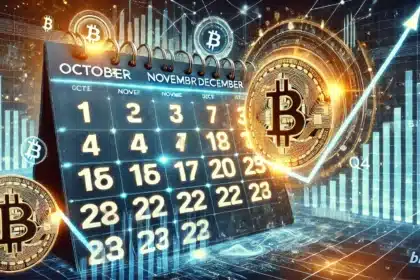Ethereum (ETH) is in a confusing market structure where whales are selling large amounts while retailers are buying more and more ETH at an accelerating rate. Since December 2024, this divergence has only gotten wider. While whales have placed aggressive sell orders, retail buyers—driven by FOMO—have been buying actively to absorb the selling. It’s setting up a tug-of-war between these two opposing forces. But is the retail frenzy strong enough to push back the tide of whales dumping?

Whales Selling, Retail Investors Buying—Who Wins?
Blockchain data shows constant whale sell orders, which may be profit-taking or risk management. Large investors holding thousands and even millions of ETH are reducing their exposure, likely due to:
– Market uncertainty caused by recent regulatory changes.
– Macro-financial events such as interest rate changes and Fed policies.
– Risk aversion as whales rebalance their portfolios for price volatility.
Historically, whale sell-offs lead to a price drop, especially when combined with low liquidity.
In contrast, retail traders are very aggressive in buying ETH. Looking at Rising trading volume on exchanges with a buy bias, Increase in Ethereum wallet activity with smaller addresses buying more, and Positive sentiment among retail traders on social media.
If retail demand stays strong it would likely mitigate the selling and firm up ETH’s price or even spark a rally.

What’s Behind Ethereum’s Price Action?
Several on-chain indicators and market signals are pointing to ETH’s current price action. The Fear and Greed Index which is a market sentiment indicator is at neutral. What this means is that Investors aren’t panicking but neither are they particularly bullish.- Ethereum may just consolidate without big ups and downs.
The CVD indicator shows buying pressure is slightly outweighed by selling pressure where more ETH are being sold than being bought. Analysts believe this could be the reason why ETH hasn’t had a strong recovery despite retail interest in the token.
ETH’s bid-ask spread across major exchanges shows increased volatility. Spreads are wider than usual which means less liquidity, making it harder for big market orders to be executed without moving the price. Higher trading costs for retail investors, discouraging small-scale trades.
ETH’s volatility has been decreasing since mid-2023 but recent fluctuations indicate rising market tension. According to sources, this could be a sign of future price swings to come as traders react to new buying and selling pressures.
ETH Price Outlook: To Stabilize or Further Drop?
The Ethereum price could go in the direction of the bigger force between whale sell-offs and retail accumulation.
Bullish Scenario (Retail Demand Overpowers Selling Pressure)
If retail traders continue to absorb ETH at current rates, Ethereum’s price could:
- Stabilize at $2,500–$2,650.
- Rebound to $2,800+ if buying momentum picks up.
- Profit from institutional re-entry if market conditions turn favorable.
Bear Case (Whale Sell-Offs Take Over the Market)
If whales continue to dump ETH without strong retail buying, Ethereum may:
- Break below $2,400 due to increased selling pressure.
- Face liquidity squeezes and further drops.
- Reach critical support zones at $2,250–$2,300 if bearishness increases.

Market Sentiment & Investor Strategy
Given the current market dynamics, traders should:-
-Follow whale transactions: Large ETH transfers to exchanges may signal sell-offs.
– Track retail trading volume: Sustained retail accumulation could be bullish.
– Watch the bid-ask spread: A tighter spread could mean better liquidity.
– Follow macro trends: Interest rate decisions and regulatory updates may impact ETH’s price.
Conclusion
Ethereum is at a crossroads where whale sell-offs are up against retail accumulation. While current indicators point to a neutral-to-bearish outlook, sustained retail interest may save the day and bring stabilization.
In the coming weeks, ETH’s price will depend on Whales slowing down their selling, Retail demand staying consistent and Liquidity improving across major exchanges.
As Ethereum navigates this uncertainty, traders should stay informed, track metrics and adjust accordingly.
The BIT Journal is available around the clock, providing you with updated information about the state of the crypto world. Follow us on Twitter and LinkedIn, and join our Telegram channel.
FAQs
1. Why are whales selling Ethereum?
Whales may be selling due to profit-taking, risk management, or macroeconomic uncertainty in the crypto space.
2. How is retail investor activity impacting ETH’s price?
Retail traders are buying ETH aggressively and offset whale selling.
3. What does the Fear and Greed Index say about ETH?
The neutral reading means neither fear nor euphoria is driving ETH’s price.
4. Can Ethereum’s price stabilize despite whale sell-offs?
Yes, if retail demand remains strong and liquidity improves, ETH’s price can stabilize or go up.
5. What are the support and resistance levels for ETH?
– Support: $2,250–$2,400
– Resistance: $2,800–$3,000
Glossary
Whale: A nickname for investors who hold large amounts of cryptocurrency and can move markets with big buy or sell orders.
Fear and Greed Index: A market sentiment indicator that measures whether traders are fearful (bearish) or greedy (bullish).
Cumulative Volume Delta (CVD): A buying vs selling pressure signal.
Bid-Ask Spread: The difference between the highest bid to buy and the lowest ask to sell on an exchange.
Liquidity: Liquidity means an ease with which assets can be liquidated without shock to market prices.




























